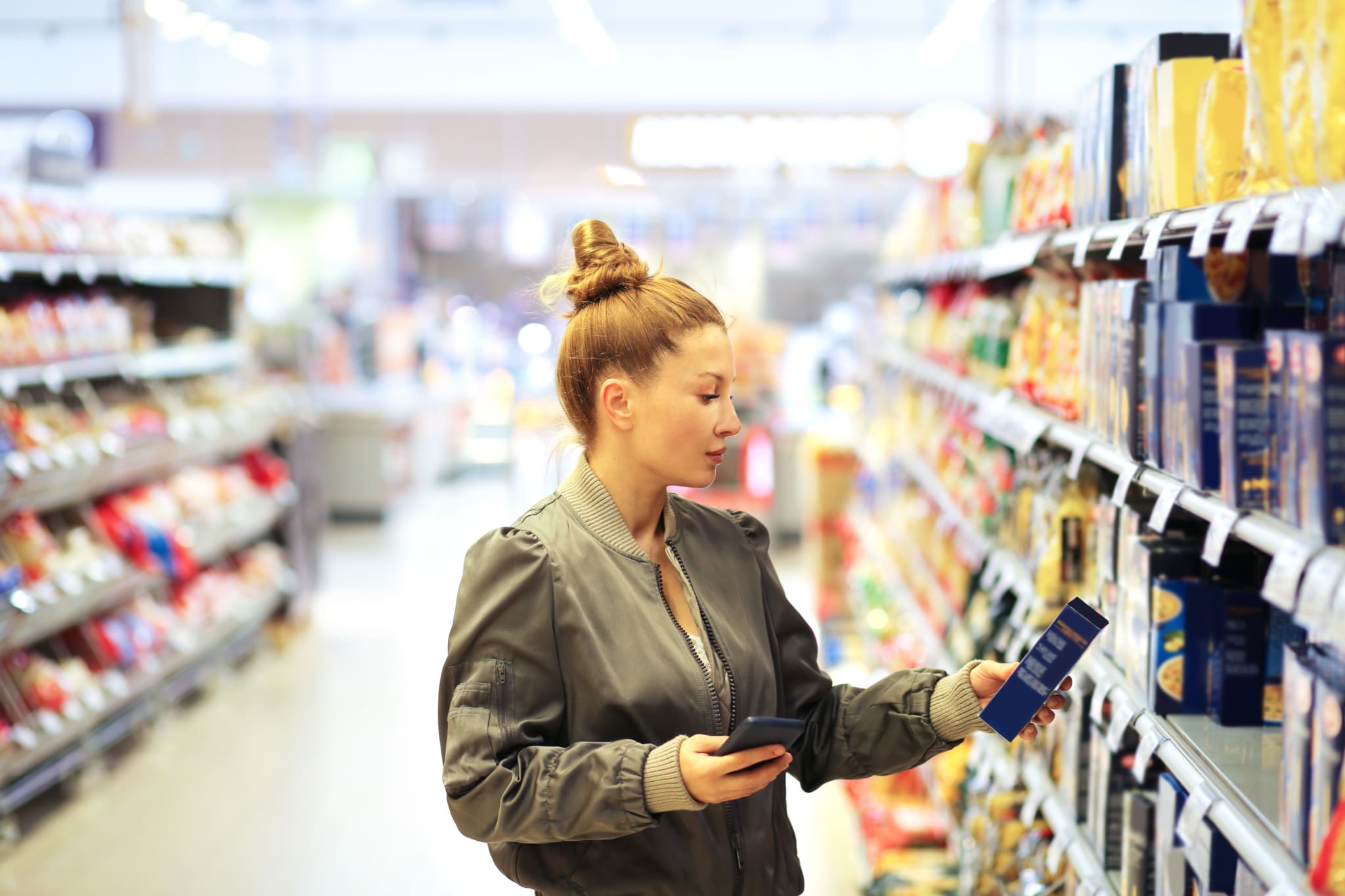Germany has seen an astonishing increase in food and product inflation over the last two years, but companies are increasingly turning to deceptive packaging to help hide these cost increases. Consumers are starting to notice the trend, filing a record number of complaints with consumer advocates.
In fact, these deceptive packaging methods are often leading to price increases that exceed the inflation rate. Germany’s Welt newspaper points to a range of products, such as Suchard Express cocoa packets, which have shrunk from 500 grams to 400 grams but remained the same price, amounting to a 25 percent more expensive product.
Consumer advocates say they are receiving a record number of complaints over the issue, with the cost increases largely unnoticed by most shoppers. Many of the companies are often keeping the packages the same size but filling them with less product, according to the Warentest foundation based out of Hamburg.
The foundation has given other examples, pointing to the Duschdas Sport, a shower gel, which not only decreased the amount of shower gel in the package but also raised its prices.
[pp id=37923]
The Hamburg-based consumer advocate also currently runs a “deceptive package of the month” announcement, and this month pointed to Johnson & Johnson’s Listerine mouthwash as the worst offender, writing that the new package amounts to a 33 percent higher price than previously.
“Most of the examples we show far exceed the inflation rate,” said Ina Bockholt from the Warentest foundation. Currently, the inflation rate in July 2023 for groceries in Germany stands at 11 percent compared to last year.
The practice of “shrinkflation” is not illegal, but critics say it is highly misleading, forcing consumers to discern which products are more costly based on a variety of often hidden factors. Companies, however, have big incentives to partake in the practice, as consumers, increasingly aware of price increases, are trying to be more price-conscious with their purchases.
The trend began in 2022, but according to the Hamburg Consumer Center, cases began doubling in the second half of 2022 compared to the first half.
A list of “cheaters” has also been compiled, with it showing each product and the corresponding price increase in an easy-to-read format. The list has over 1,000 entries over the last five years, with the number of products growing exponentially in the last two years. Many of the price increases far outpace the inflation rate.
With more and more manufacturers and dealers partaking in the practice, it provides cover for other manufacturers to also take the deceptive step, as consumers lack the organizing power or even the time to organize a boycott of certain products.






